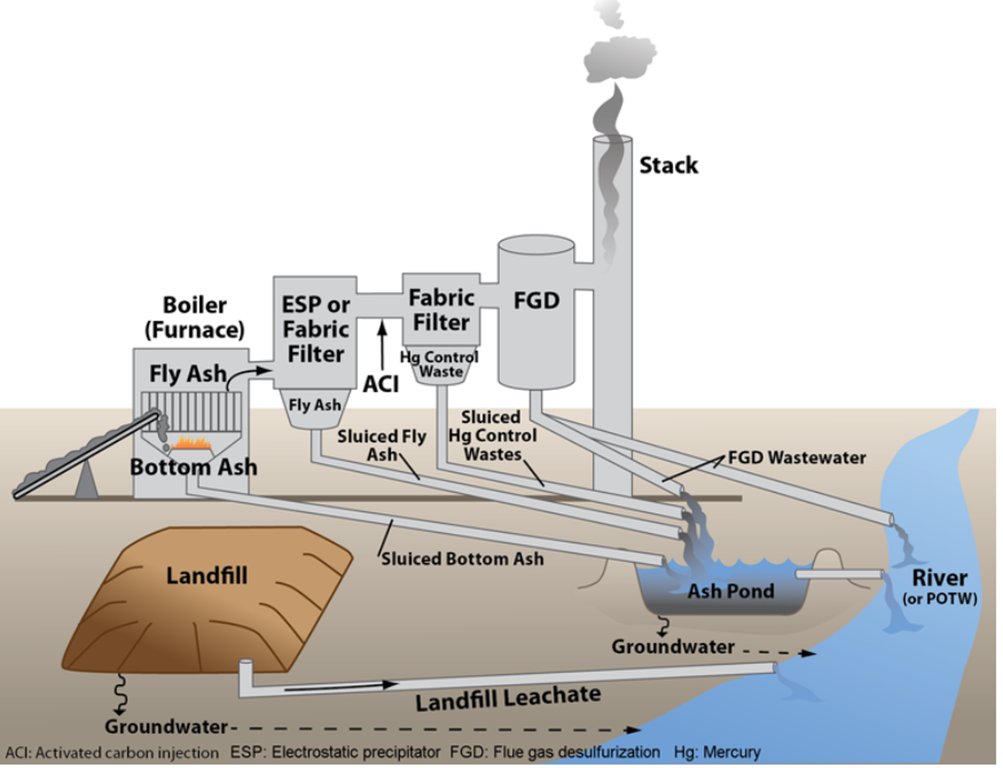There are quite a few listed Basmati Rice cos. - LT Foods, KRBL, CLSE
Past 2 years have been excellent for basmati rice exporters, with GOI decisions helping them achieve good realizations
Basmati exports were at all time high in FY 24...some details on Basmati rice 🧵
(1/n)
Past 2 years have been excellent for basmati rice exporters, with GOI decisions helping them achieve good realizations
Basmati exports were at all time high in FY 24...some details on Basmati rice 🧵
(1/n)

Paddy, mainly a Kharif crop in India, requires ample water and is typically sown before the monsoon
# Kharif Crops-sowing time (June-July)
Harvesting time (Nov-Dec)
# Rabi Crops- owing time (June-July)
Harvesting time (Nov-Dec)
(2/n)
# Kharif Crops-sowing time (June-July)
Harvesting time (Nov-Dec)
# Rabi Crops- owing time (June-July)
Harvesting time (Nov-Dec)
(2/n)

Indian rice is categorized into Basmati and Non-Basmati rice
Basmati rice refers to a unique long-grain species of aromatic rice, which is mostly available in brown or white varieties
It originates from the Indian subcontinent, mainly in India and Pakistan
(3/n)
Basmati rice refers to a unique long-grain species of aromatic rice, which is mostly available in brown or white varieties
It originates from the Indian subcontinent, mainly in India and Pakistan
(3/n)

Rice Milling involved several processes such as
a) Pre-Cleaning
b) De-stoning
c) Parboiling
d) Husking
e) Husk Aspiration
f) Paddy Separation
g) Whitening
h) Polishing
i) Length wise grading
j) Blending
k) Weight & Packaging
(4/n)
a) Pre-Cleaning
b) De-stoning
c) Parboiling
d) Husking
e) Husk Aspiration
f) Paddy Separation
g) Whitening
h) Polishing
i) Length wise grading
j) Blending
k) Weight & Packaging
(4/n)

Kharif season is the main rice growing season in India, and accounts for about 84% of the country's total rice production
Over the past decades, the trend in rice production in India has shown a consistent increase in both Kharif and Rabi seasons, with a few fluctuations
(5/n)
Over the past decades, the trend in rice production in India has shown a consistent increase in both Kharif and Rabi seasons, with a few fluctuations
(5/n)

Minimum Support Price for Rice:
MSP, set by GOI, ensures farmers receive a guaranteed price for their rice, protecting them from price fluctuations during surplus production years
Over the past decade, MSPs for both Paddy-Common and Paddy-Grade A have consistently risen
(6/n)
MSP, set by GOI, ensures farmers receive a guaranteed price for their rice, protecting them from price fluctuations during surplus production years
Over the past decade, MSPs for both Paddy-Common and Paddy-Grade A have consistently risen
(6/n)

Indian basmati rice market in India reached around ₹ 485 Bn/ ₹ 48,510 Crores, and it is predicted that the revenue will cross the mark of ₹ 500 Bn/₹ 50,000 Crores by the end of 2030
Around ~90% of the basmati rice production in the world is contributed from India
(7/n)
Around ~90% of the basmati rice production in the world is contributed from India
(7/n)

India annually exports more than 4 million tons of basmati to Iran, Iraq, Yemen, Saudi Arabia, UAE and USA
Europe is another big market for the rice
(8/n)
Europe is another big market for the rice
(8/n)

Key Trends & Opportunities for Basmati Rice Export from India:
India is the #1 Exporter of rice
1) Export Leader
2) Demand from Middle East
3) Growth of Ethnic Cuisine across the globe & Indian Biryani getting popular
4) Excellent Quality Standards
(9/n)


India is the #1 Exporter of rice
1) Export Leader
2) Demand from Middle East
3) Growth of Ethnic Cuisine across the globe & Indian Biryani getting popular
4) Excellent Quality Standards
(9/n)


Sources Referred:
researchgate.net/figure/Rule-ba…
fertiliserindia.com/paddy-crop-gro…
researchgate.net/figure/Rice-pl…
wikifarmer.com/paddy-processi…
exportmandi.com/list-of-major-…
riceexporters.co/blog/differenc…
indiagatefoods.com/blogs/basmati-…
mordorintelligence.com/industry-repor…
datamintelligence.com/research-repor…
industryarc.com/Research/Basma…
researchgate.net/figure/Rule-ba…
fertiliserindia.com/paddy-crop-gro…
researchgate.net/figure/Rice-pl…
wikifarmer.com/paddy-processi…
exportmandi.com/list-of-major-…
riceexporters.co/blog/differenc…
indiagatefoods.com/blogs/basmati-…
mordorintelligence.com/industry-repor…
datamintelligence.com/research-repor…
industryarc.com/Research/Basma…
@threadreaderapp unroll
• • •
Missing some Tweet in this thread? You can try to
force a refresh






























